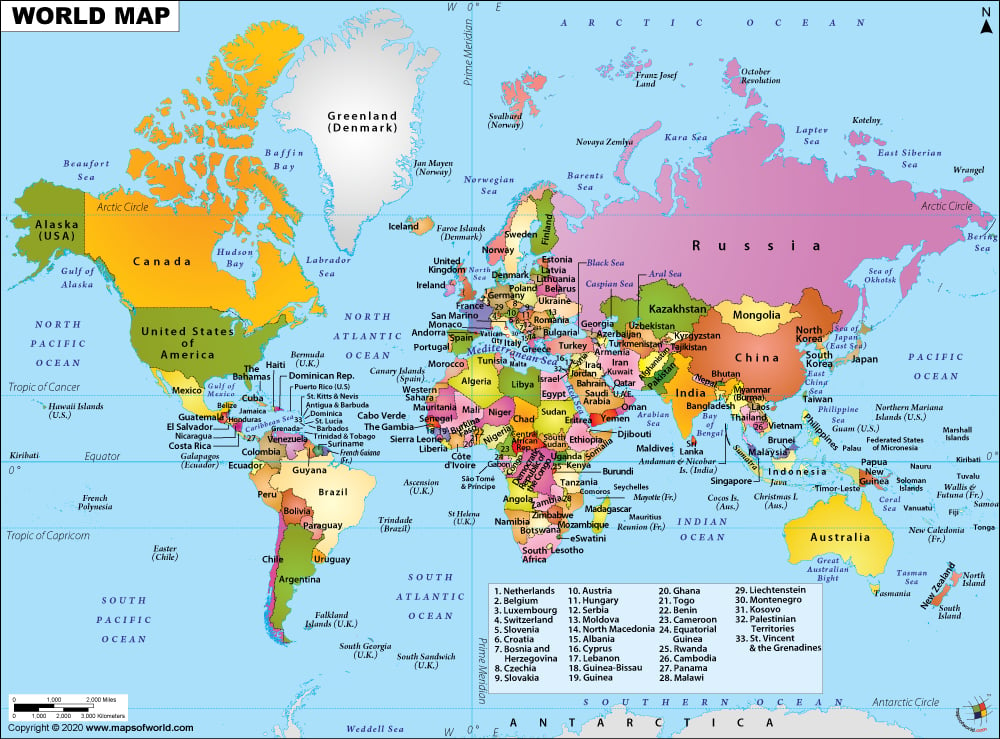The World’s Top 10 Largest Countries
Top 10 Largest Countries In The World, with an estimated age of 4.6 billion years, is a dynamic planet undergoing constant internal and external changes. Covering approximately 29% of the Earth’s surface, land is distributed among 198 countries. In this article, we’ll explore the top 10 largest countries based on both land and water areas, considering their geographical, historical, and population aspects.
- Russia:
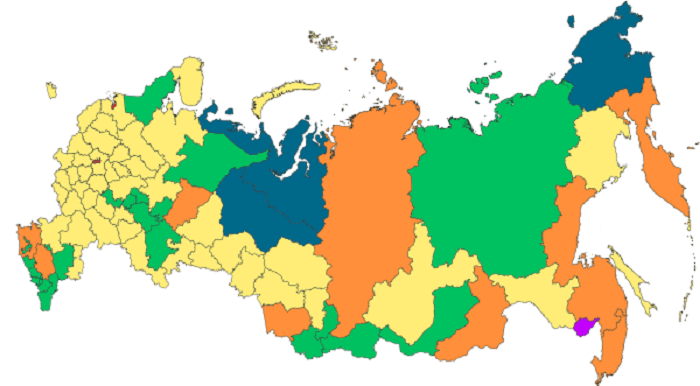 Topping the list is Russia, the largest country globally, spanning 17.1 million square kilometers. Despite its vast size, Russia is sparsely populated, with only about 2% of the world’s population residing within its borders. With a rich history dating back to the ninth century, Russia’s territorial expansion reached its peak during the 16th century and later as part of the Soviet Union.
Topping the list is Russia, the largest country globally, spanning 17.1 million square kilometers. Despite its vast size, Russia is sparsely populated, with only about 2% of the world’s population residing within its borders. With a rich history dating back to the ninth century, Russia’s territorial expansion reached its peak during the 16th century and later as part of the Soviet Union. - Canada:
 The second-largest country in the world, Canada, boasts a land area of 9.984 million square kilometers. Interestingly, over 40 times the size of the United Kingdom, Canada is renowned for its extensive lakes, covering 9% of its land surface. With the world’s longest coastline at 202,080 kilometers, Canada is home to more than half of the world’s natural lakes.
The second-largest country in the world, Canada, boasts a land area of 9.984 million square kilometers. Interestingly, over 40 times the size of the United Kingdom, Canada is renowned for its extensive lakes, covering 9% of its land surface. With the world’s longest coastline at 202,080 kilometers, Canada is home to more than half of the world’s natural lakes. - USA –
 United States of America: With a total area of 9.83 million square kilometers, the United States ranks third on the list. The U.S. shares borders with Canada to the north and Mexico to the south, encompassing diverse geographical features. Despite being the third-largest country by area, the U.S. is the world’s third-most populous nation, with over 300 million residents.
United States of America: With a total area of 9.83 million square kilometers, the United States ranks third on the list. The U.S. shares borders with Canada to the north and Mexico to the south, encompassing diverse geographical features. Despite being the third-largest country by area, the U.S. is the world’s third-most populous nation, with over 300 million residents. - China:
 China, the world’s fourth-largest country, covers a land area of 9.59 million square kilometers. As the most populous country globally, China’s nearly 1.4 billion inhabitants are unevenly distributed across its vast territory. The country’s size is a subject of debate due to disputed areas like Taiwan and Aksai Chin.
China, the world’s fourth-largest country, covers a land area of 9.59 million square kilometers. As the most populous country globally, China’s nearly 1.4 billion inhabitants are unevenly distributed across its vast territory. The country’s size is a subject of debate due to disputed areas like Taiwan and Aksai Chin. - Brazil:
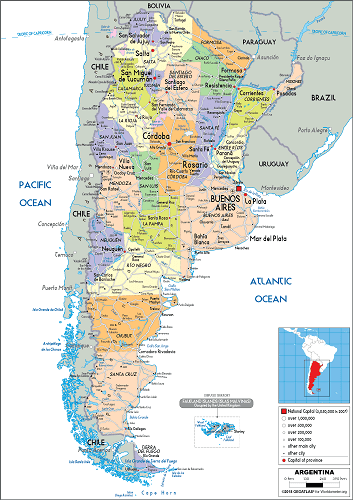 In South America, Brazil holds the fifth position with a land area of 8,600,000 square kilometers, accounting for 47.3% of the continent’s total. With a coastline stretching 7,491 kilometers, Brazil is the longest nation globally, intersected by both the Equator and the Tropic of Capricorn.
In South America, Brazil holds the fifth position with a land area of 8,600,000 square kilometers, accounting for 47.3% of the continent’s total. With a coastline stretching 7,491 kilometers, Brazil is the longest nation globally, intersected by both the Equator and the Tropic of Capricorn. - Australia:
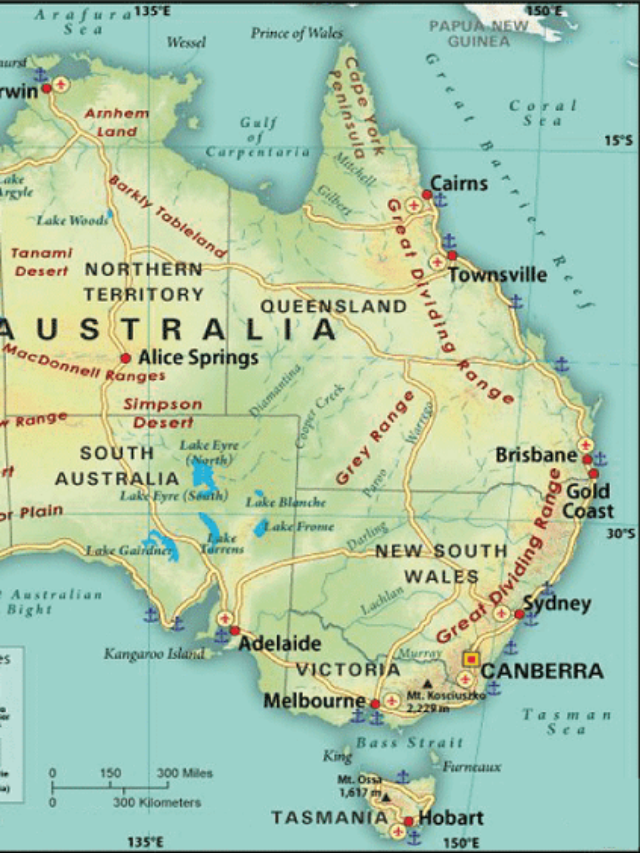 Australia, the sixth-largest country, covers 7.74 million square kilometers and is the world’s largest island. Despite its vast size, the majority of Australia’s population resides in coastal cities due to the arid and hot conditions of the Australian Outback.
Australia, the sixth-largest country, covers 7.74 million square kilometers and is the world’s largest island. Despite its vast size, the majority of Australia’s population resides in coastal cities due to the arid and hot conditions of the Australian Outback. - India:
 As the seventh-largest country, India, situated in South Asia, has a land area of 3.28 million square kilometers. Despite ranking seventh in size, India is the world’s second-most populous country, with over 1.3 billion people.
As the seventh-largest country, India, situated in South Asia, has a land area of 3.28 million square kilometers. Despite ranking seventh in size, India is the world’s second-most populous country, with over 1.3 billion people. - Argentina:
 Argentina, the eighth-largest country and the world’s largest Spanish-speaking nation, spans 2.78 million square kilometers. With diverse topography and climate, Argentina shares borders with five countries.
Argentina, the eighth-largest country and the world’s largest Spanish-speaking nation, spans 2.78 million square kilometers. With diverse topography and climate, Argentina shares borders with five countries. - Kazakhstan:
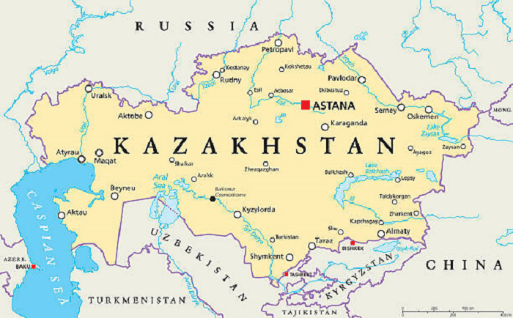 The ninth-largest country, Kazakhstan, is a transcontinental nation covering 2.70 million square kilometers. It holds the distinction of being the largest landlocked country globally, surrounded by five nations.
The ninth-largest country, Kazakhstan, is a transcontinental nation covering 2.70 million square kilometers. It holds the distinction of being the largest landlocked country globally, surrounded by five nations. - Algeria:
 Ranking tenth, Algeria is the only African nation on the list, with an area of 2.38 million square kilometers in North Africa’s Maghreb region. Bordered by six nations and featuring the Sahara Desert in its southern region, Algeria is a unique blend of diverse landscapes.
Ranking tenth, Algeria is the only African nation on the list, with an area of 2.38 million square kilometers in North Africa’s Maghreb region. Bordered by six nations and featuring the Sahara Desert in its southern region, Algeria is a unique blend of diverse landscapes.
Conclusion: In conclusion, the top 10 largest countries showcase the Earth’s geographical diversity, from the vast expanses of Russia to the unique landscapes of Brazil and the cultural richness of India. Understanding these countries’ historical backgrounds and population distributions adds depth to their prominence on the global stage.
